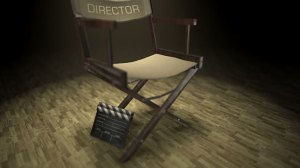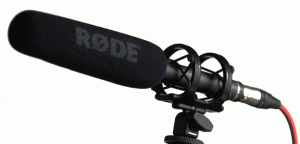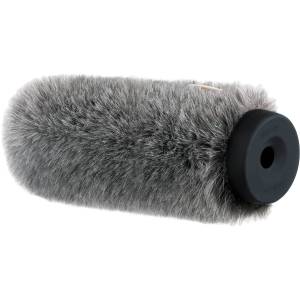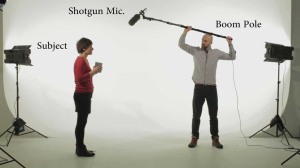Responsibilities
- Give precise feedback to cast and crew so that they can accurately portray the production that the director wants.
- Be responsible for the look and sound of a production and its technical standards so that the film is produced to a professional standard.
- To read over the script and make sure it makes sense, this therefore helps the actors to portray the character in a detailed and faultless manner.
- They can decide if the actors need to do a particular take again.
- Have the final say on when and how each scene should be blended into the next to give the scene the correct meaning and/or to keep the scene going with the momentum of the film.
- Responsible for handling most of the budgetary concerns for the film.
- Getting the right people for the job.
Duties
- Directing the shooting timetable and meeting deadlines.
- Hiring cast and crew.
- To meet the film producers and get an idea of when they want the production to be completed so that they can organize a suitable schedule.
- Deciding on where the production should be filmed to give the production the correct location to keep it professional.
- To create an overall vision through which the film eventually becomes realized through the use of storyboards etc, this helps keep the film crew and cast motivated to reach the overall vision whilst producing work of the highest quality.
- To tell the actors how to stand and move so that they help portray the correct behavior and help realize the overall vision.
- They might also explain the characters motivation for a particular action or back story so that they understand the character more which will make the acting more believable.
- They also try to push the actors to their best so that the standard of the production is what is required for the overall vision of the film.
- Organizing the film crew so that they know what they’re doing and so they can do it to the highest standard, therefore creating a better overall production.
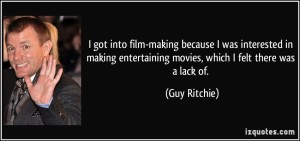
5 Skills you need to be a Film Director
- Motivation to keep the consistency of the work to a high standard and to help lift those you work with.
- Communication skills so that the film crew and cast know what to do specifically and so that it creates a more understandable working environment.
- Patience with the other members of the cast or crew so that they don’t feel under so much pressure that they can’t do their job correctly.
- Professionalism so that the production comes out with a good standard and so that other members of the cast or crew keep working to their best ability.
- Reliability so that you can earn the trust of those you work with which creates a better working environment.
